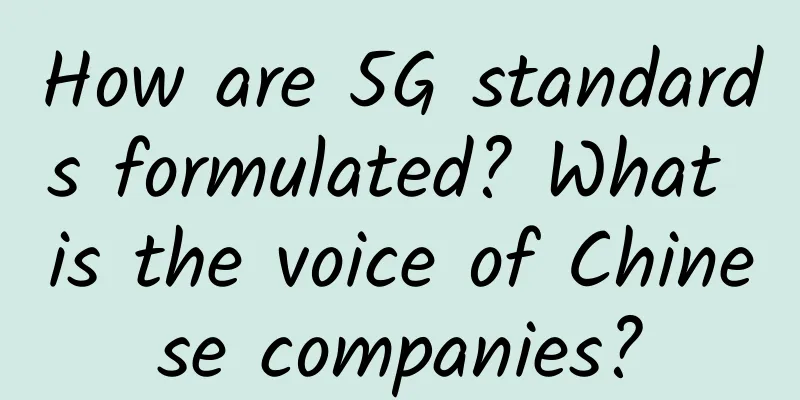6G will usher in a new era for all industries

|
At this early stage, 6G wide-area wireless has few technology blueprints or a well-known official name, but the implications are the beginning of a new era of business opportunities for manufacturers as semiconductors made of new materials and compounds are used in the next generation of transmitters and satellites.
A report by IDTechEx points out that the impact of 6G communications on future industries may be even greater than that of 5G, which is currently being promoted worldwide. For 5G and 6G, the business opportunities in software, hardware and materials will be enormous. In November 2020, China successfully launched a 6G experimental satellite "University of Electronic Science and Technology" (Star Era-12/Tianyan 05). This experiment to explore 6G through a low-orbit satellite uses terahertz communication as a new spectrum resource for the world's sixth-generation mobile communications, and its technological development and breakthroughs are particularly important. After the successful launch of the world's first experimental satellite, we expect the first terahertz frequency band experiment after entering orbit to bring breakthrough development to this research-significant experiment. One of the concepts behind 6G is that the world will enter an era where signals will provide power to battery-free devices for the first time in the future. That is, smart reconfigurable surfaces and software-controlled hypersurfaces will be developed. IDTechEx points out that under this new technology, there is still a lot of necessary new hardware that does not exist today. In the foreseeable future, with thousands of low-orbit satellites in the stratosphere, terahertz transistors and solar drones will be able to operate. Therefore, governments and companies will invest tens of billions of dollars to compete for 6G technology. For material suppliers, 6G means that the application of graphene and metamaterials in the fields of heat, light, electricity and electronics is crucial, so hybrid materials will become more important. IDTechEx pointed out that China's solar-powered drone "Phantom" for fast Wi-Fi emergency networks and operating at an altitude of 4,600 meters can communicate with 6G high-altitude drones and low-orbit satellites. In short, even though 5G has just been launched, countries are making plans at different speeds in order to seize 6G, which will be commercially available in 2028. For example:
In December 2020, Nokia was appointed to lead the European Commission's 6G research program Hexa-X project, and Ericsson will serve as the technical manager of the project. Orange, TIM, Telefonica, Intel and Siemens are partners. Today, low-orbit satellites are considered one of the key technologies in 6G, which plays a key role in more extreme IoT applications such as self-driving cars and natural disaster prediction. |
<<: From "Crossing the Chasm" to talk about bridging the gap of Industry 4.0
>>: Snatching food from the tiger’s mouth: Is there any way out for telecom operators to do “cloud”?
Recommend
Let's talk about 11 main neural network structures
With the rapid development of deep learning, a wh...
LiFi has two major advantages over WiFi. Can it really replace WiFi?
Recently, the American company LightPointe announ...
Gartner: Enterprises rethink software security strategies
Businesses are rethinking risk management and sof...
Ministry of Industry and Information Technology: my country's 5G mobile terminal connections reached 365 million, accounting for more than 80% of the world
On August 3, at the 2021 Global Digital Economy C...
AI World: Eight AI trends to watch in 2018
Computationally speaking, the big data analytics ...
The UK invests £1 billion to build a full-fiber network, and 5G and ultra-fast broadband will soon benefit 2 million households
[[177138]] In the near future, 2 million househol...
The interviewer asked me to turn left because of the thread pool!
A few days ago, my friend had an interview. Durin...
China Unicom dismantles its 2G network. What will happen to existing feature phone users?
According to official information from China Unic...
It is reported that the Ministry of Industry and Information Technology adjusted the inter-network settlement standards: China Telecom was disappointed, and China Mobile was removed from the list
According to online reports, the Ministry of Indu...
How to move your contact center to the cloud to prepare for the pandemic
The coronavirus outbreak has had an unprecedented...
Is it impossible for non-middlemen to hijack TCP?
TCP initial sequence number Hi, my name is Robert...
my country's 5G is still in the introduction stage, and integrated applications are still in the running-in stage
Statistics show that by the end of 2020, about on...
How edge computing and fog computing change the way IoT is used
It’s hard to keep up with the latest trends and e...
Ruijie attended the CERNET Annual Conference and used its color light technology to depict a new blueprint for digital campuses
Recently, the 28th/29th Annual Academic Conferenc...
WOT Boco Nie Xiaoyun: WLAN network capacity performance design and optimization
[51CTO.com original article] Just last week, the ...









